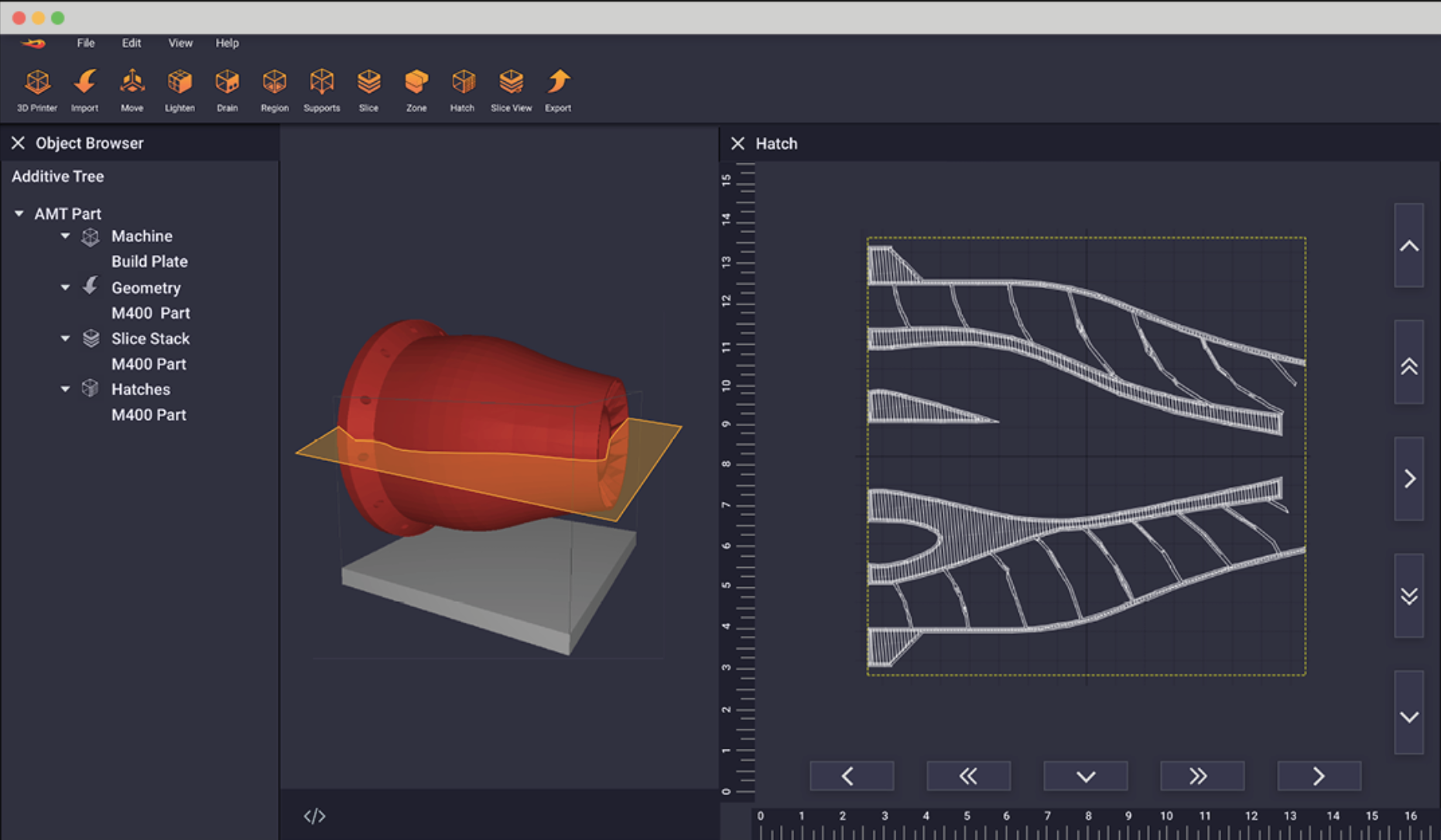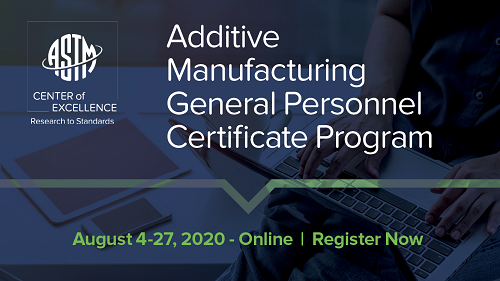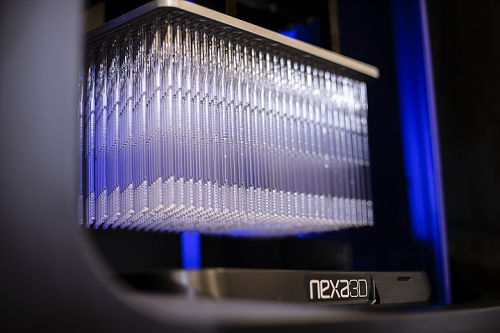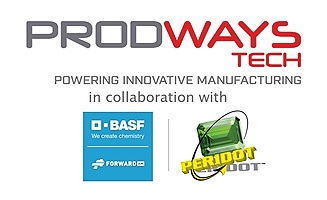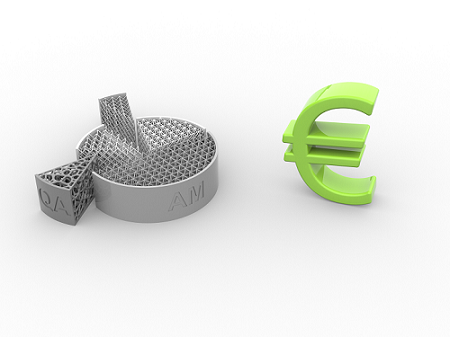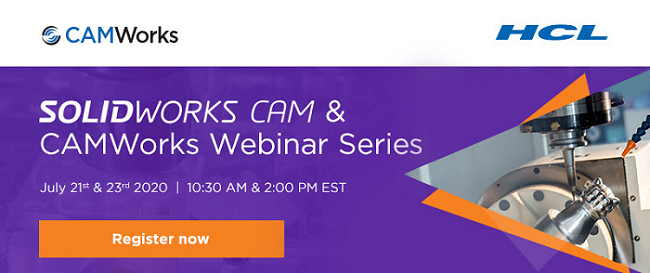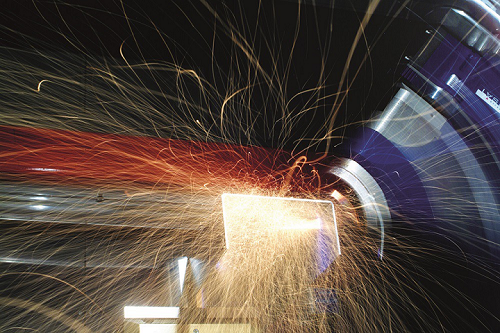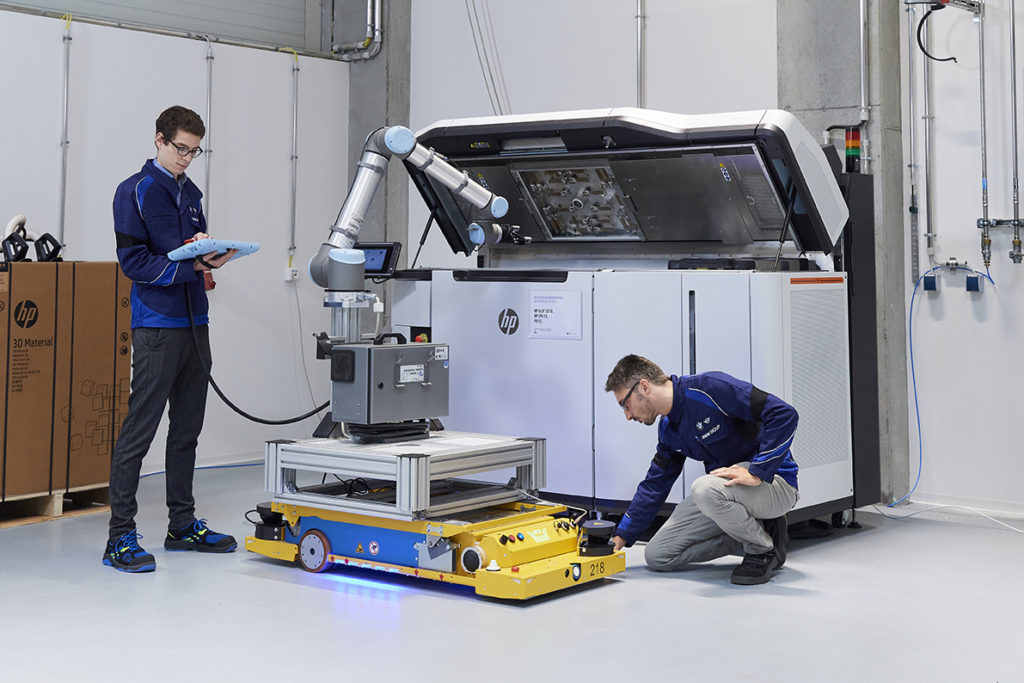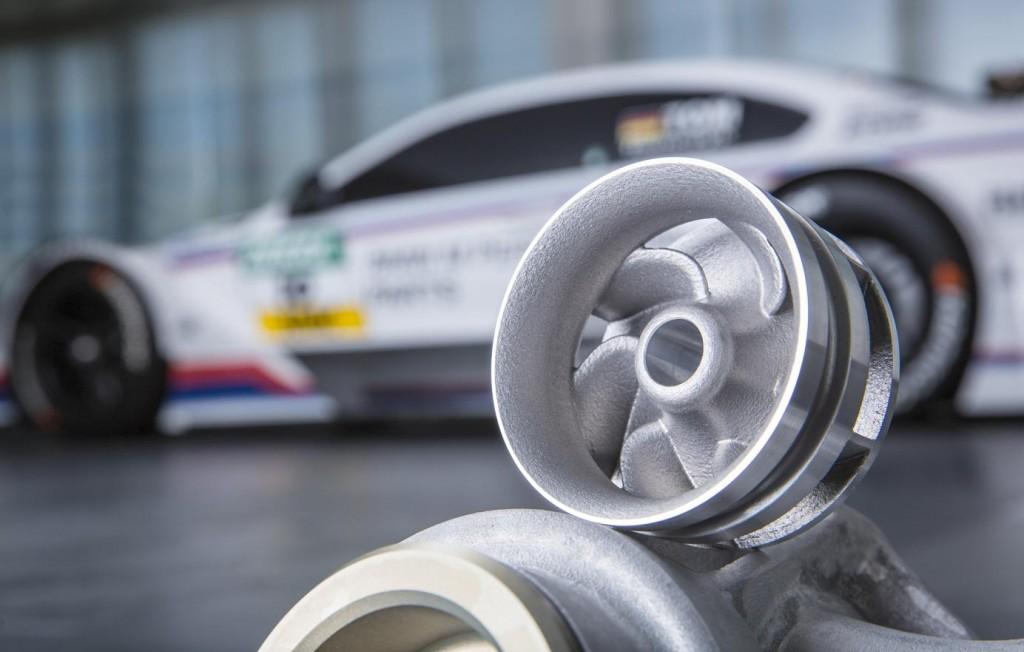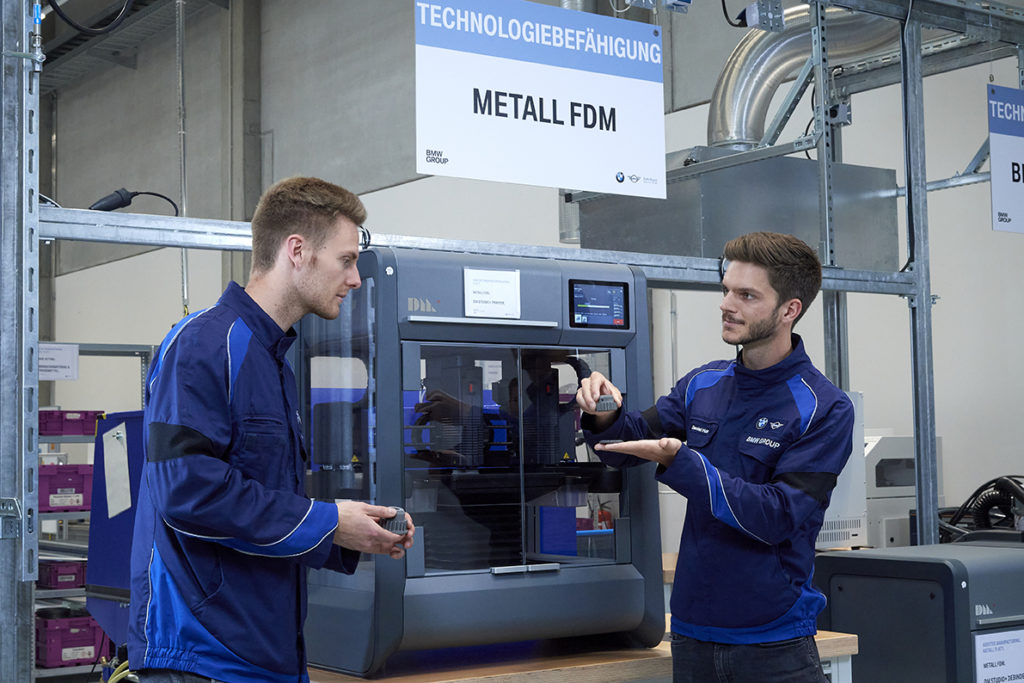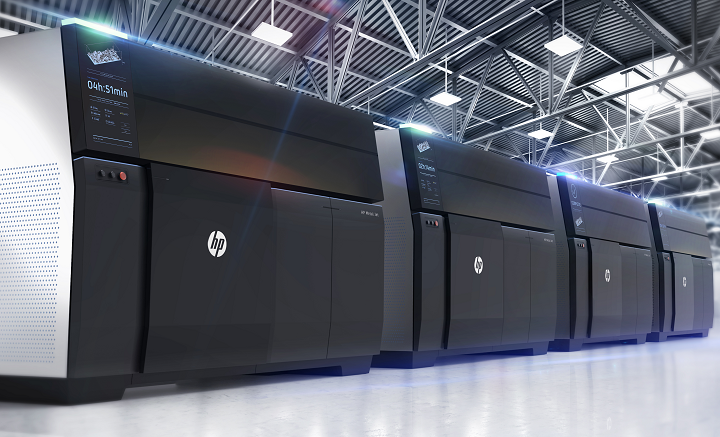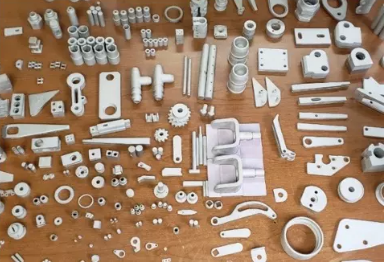A virtual panel discussion and networking event by Women in 3D Printing (Wi3DP) gathered three industry experts and leaders to share their insights and experiences on sustainability trends in additive manufacturing (AM) and how they will impact the industry’s choice of materials, energy usage, and waste.
Hosted by AM-Cubed President and Founder, Kristin Mulherin, and supported by AM service company Link3D, the live event featured Ellen Jackowski, HP’s Chief Sustainability and Social Impact Officer; Sherry Handel, the newly appointed Executive Director of the Additive Manufacturer Green Trade Association (AMGTA); and Cindy Deekitwong, Global Head of Marketing and Strategy for 3D Printing at Henkel Adhesive Technologies. The group touched on several hotly debated topics, like the lack of research on the environmental benefits and challenges of AM and how to generate a fully circular economy for the industry, underlying the importance of finding ways to enhance the already visible benefits of the technology.
Mulherin asked the experts to discuss how sustainability initiatives can respond to many of the challenges facing 3D printing. For Jackowski, companies need to start making more sustainable decisions that will help move the industry forward in a responsible manner. Adding that everyone in the industry, no matter what role they play, need to have what she likes to call “sustainability contact lenses,” meaning that, even if the job description does not involve sustainability, they need to figure out a way to make decisions that will have an impact on the carbon footprint, the community, or the health and safety of a manufactured product.
“We certainly don’t want to start seeing 3D printed parts bobbing around in the ocean like we see so many other things these days. We all need to continue to drive the energy efficiency of this business,” suggested Jackowski. “For example, when you plug those 3D printers in, they suck up a lot of energy, and that is certainly an area for innovation. So, I would say that whatever part of the 3D printing industry you are in, think about your impact on sustainability. It is also crucial to understand the implications of the materials we use, where we source them from, and how our customers use them in the most sustainable manner.”

Ellen Jackowski visiting an FSC-certified forest to see responsible forest management in action. (Image courtesy of HP)
The other panelists agreed that sustainable impact is about collaborative efforts, and having everyone involved in reinventing the company for sustainable impact. Deekitwong highlighted that the technology itself lends to more efficient designs that create less waste and eco-friendly supply chains, but she believes the industry should enhance sustainability efforts by reducing fuel consumption, working with suppliers to find biorenewable materials and collaborate with ecosystem partners and consumers to recycle end-of-life parts. Deekitwong shared how Henkel’s recycling initiatives led the company to collaborate with TerraCycle to upcycle garbage from used 3D printed parts, resins, and packaging.
For Handel, who is focused on promoting the inherently positive environmental benefits of AM within key industries and the public at large, the existing research does not provide enough good metrics in data. This is why AMGTA is commissioning academic research through life-cycle assessment (LCA), to quantify and provide data and metrics on what it takes to produce a particular part via both traditional and additive manufacturing processes. Eventually, this will help the industry better understand what the eco-footprint is, and reveal some areas that will make the industry even more sustainable in the future.
Handel then centered on one of AMGTA’s core projects that will help create a more circular economy by empowering companies to develop a global set of standards to properly and cost-effectively recycle powder condensate, a vaporized metal powder that collects on the chamber walls and in the filter unit during a build process.
“The powder condensate cannot be reused and is considered a hazardous waste by the US Environmental Protection Agency (EPA). It usually ends up in a landfill, so we want to find a way to repurpose it, recycle it, and publish a a set of standards in early 2021 that we can share with our member companies and industry to help mitigate this challenge,” indicated Handel.
Then, Mulherin shared an overview of the importance of avoiding greenwashing, an unsubstantiated claim to deceive consumers into believing that a company is environmentally friendly. For both Deekitwong and Jackowski, this point is crucial, especially since both Henkel and HP have over 50,000 employees, and need to convey the message to everyone that the company’s reputation could be destroyed with one wrong move. Jackowski further described how it could be easy for employees to make a judgment call that could lean toward greenwashing, but said HP is “very aware of the boundaries of greenwashing.”
Both companies have seemingly strong objectives in place. For Henkel, reducing carbon footprint in operations means a 65% reduction by 2025, 75% by 2030, and becoming “climate positive” in 2040. While HP’s awareness of its responsibility around creating a circular economy led to policies to use fully recyclable materials in 3D printers.
“Our eye is looking at how we set up this industry, and as we’ve transitioned, we have seen increased adoption during the pandemic because of the flexibility and speed that 3D printing offers. But I think there are a lot of opportunities to continue to innovate and, as we stand up this industry, as we all transform from traditional manufacturing to 3D, we need to think about it holistically and doing it right from the beginning,” said Jackowski.
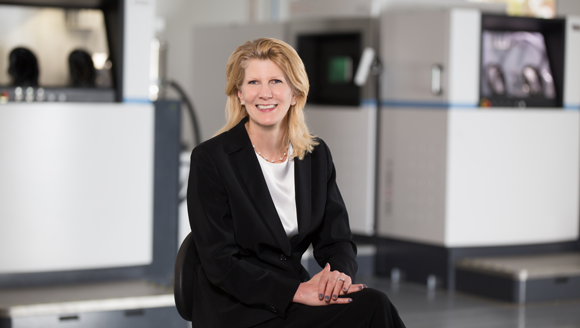
Sherry Handel, Executive Director of the Additive Manufacturer Green Trade Association. (Image courtesy of AMGTA)
A clear challenge for Handel is the lack of awareness of environmental management system certifications. AMGTA encourages member companies to get ISO 14001 certified, an international standard that helps set the framework for a company to benchmark where they are and help them improve environmental criteria over time, like energy use. But Handel said that “not everyone is going to be able to flip on a dime and hit the easy button to get things accomplished and starting somewhere is better than nothing,” which is why AMGTA suggests third party certifications, like the Green Business Bureau, taking companies on a pathway towards more environmentally sustainable practices.
Toward the end of the conversation, Mulherin suggested that organizations need to recognize that sustainability efforts will generate revenues, instead of simply costing the companies money. In fact, Jackowski indicated that customers are taking notice of a company’s sustainability initiatives, detailing how HP saw $1.6 billion in new sales in 2019 due to the company’s actions in sustainability, a 70% increase year over year.
“We are seeing a shift, an awakening of general consciousness in consumer behavior and purchase patterns surrounding sustainability, and we only expect it to get stronger. That provides financial motivation for everyone in this space to continue to accelerate what we are doing. Whatever part of the value chain you are in, you are going to start feeling it more: the pressure to go sustainable,” said Jackowski, who also emphasized HP’s continued commitment to sustainability since founders David Packard and Bill Hewlett created the company in 1939. “As it has evolved over the years, sustainability has gone from being founder-led to across the DNA of the company.”
The virtual event gathered a wide array of participants worldwide, most of them working in the AM industry and eager to learn about sustainable practices thriving in 3D printing. As with previous panels, this Women in 3D Printing event facilitated a networking experience both before and after the speakers virtually took the floor, with crowded tables and a lot of simultaneous chats about the importance of environmentally sound practices in additive.
The post Wi3DP: Experts Discuss Challenges and Trends in 3D Printing Sustainability appeared first on 3DPrint.com | The Voice of 3D Printing / Additive Manufacturing.


